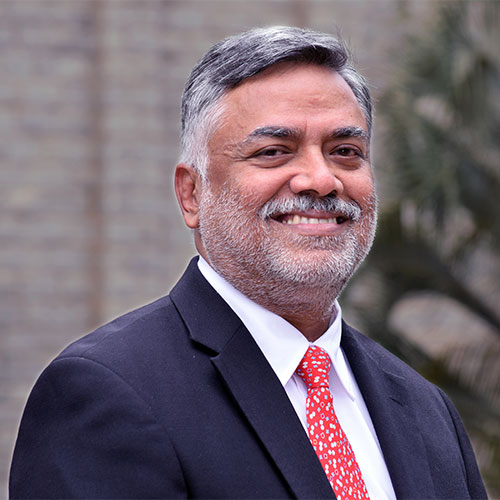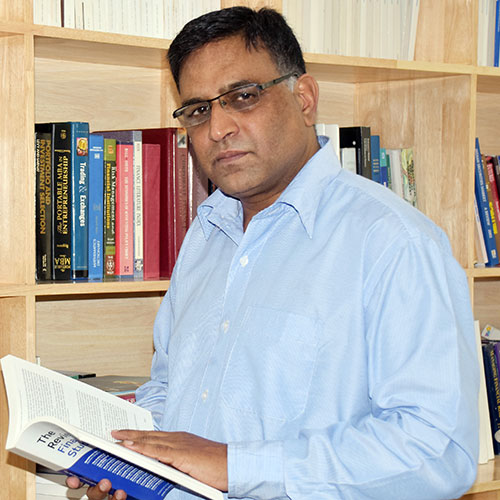
Stellar Auto Ltd. (SAL) is upgrading its current Galaxy product to Galaxy X. With pricing expected at a 20% discount to the current Galaxy model, Galaxy X is expected to generate sales of approximately 26,000/year. To achieve financial feasibility, SAL plans to increase the local content from the existing 12% in Galaxy to 75% in Galaxy X. To meet the sales requirements, SAL plans to operate its plant at the rate of 120 cars/day for 236 days/year, giving itself a capacity of 28,320 cars/year. Feasibility studies have shown that this target can be achieved with the current setup in the body and paint shops, but cannot be achieved as per current arrangements in the final assembly area (FAA). FAA comprises 84 work stations in three areas – trim, chassis, and final (assembly and testing). To meet the increased production requirements, various sub-assemblies needed capacity enhancement and there was no space lineside for the same. The matter was further complicated by the fact that since Galaxy X was being introduced in 6 variants, significant space was also needed to store inventory. After significant analysis and negotiations, the final open issue was with regard to the cockpit subassembly which the supplier Instruments Sophistiques D’auto (ISD) agreed to do. The cockpit subassembly is planned to be installed at station 9 in the FAA, and could not be shifted to a later station. So SAL, along with ISD, had to design a system to make the cockpit subassembly at ISD and deliver the same, in right sequence at the right time, at station 9. The system design required the determination of various factors. This case study identifies and determines the various system parameters that are needed to design such a system.
Know More



